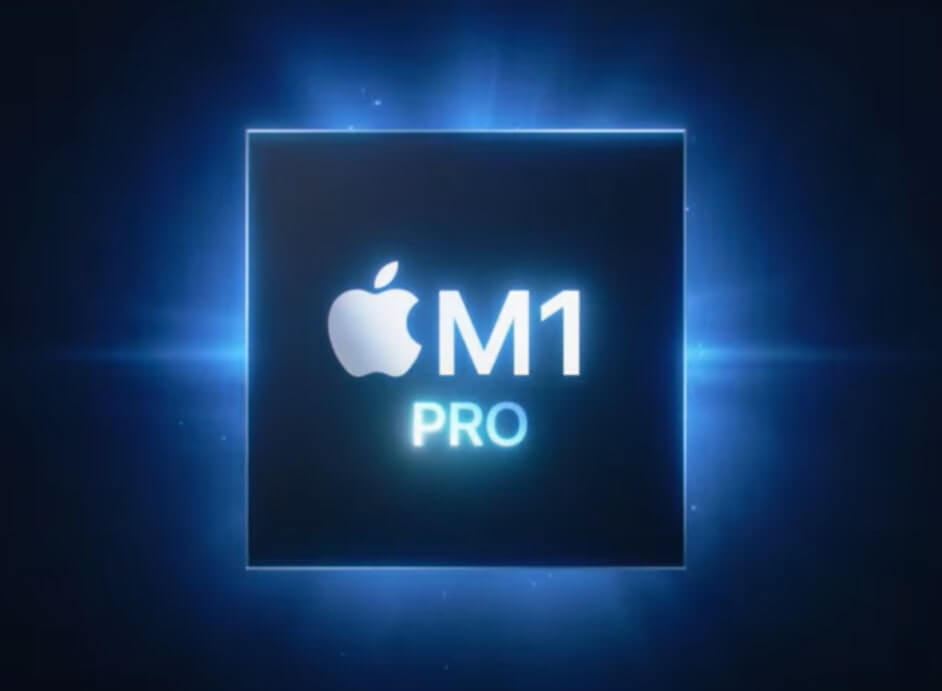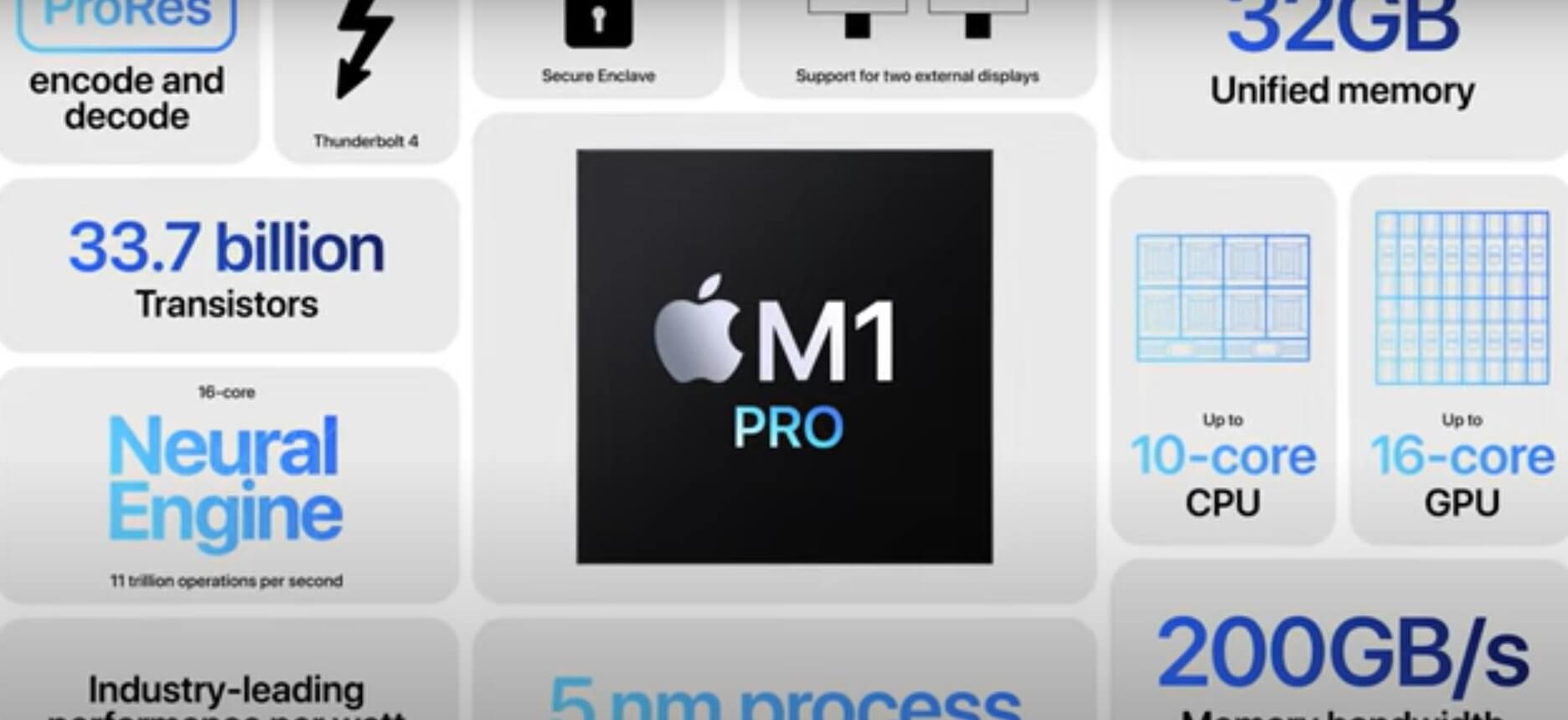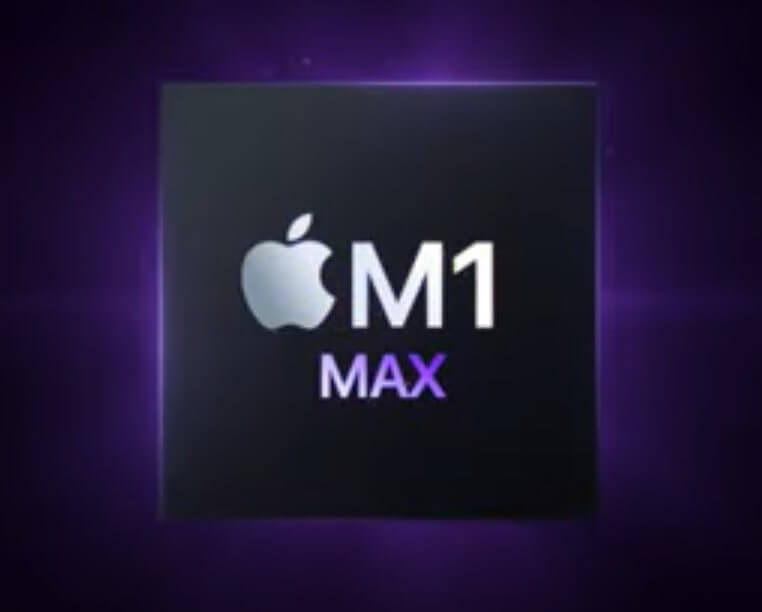The Apple M1 Pro and M1 Max is currently rumored to be the fastest chip to be ever built on the planet for a computer. The MacBook Pro has always been an easy-to-use and widely accepted tool for professionals worldwide.
Editors, designers, software developers, coders, and regular professionals have always impressed the MacBook Pro. It has delivered beyond expectations and justified its high price for the same. People who once used the mac rarely ever go back to any other operating system.
And even if they do for whatsoever reasons, they still keep coming back for the effortless experience. In October this year, Apple took the MacBook Pro to a new level by building the fastest chip and leaving its competitors far behind.
So let’s discover what exactly did Apple do with its pre-existing M1 chip.
Also Read: Apple Event 2021: Mac And AirPod Features Unleashed
The Power Of M1 Pro
Apple designed its first chip and named it M1, which was specifically targeted for the mac. After two successful years, with breakthroughs and transformation in their most popular and affordable systems, it re-defined this technology with great performance.
The M1 has propelled mac’s growth, and the response from the users has been off the charts. And why not? It is the only computer with a great synchronization of both hardware and software from the same company.
M1 Pro is the next chip in the M1 family, which will bring custom technologies on relentless focus to your mac’s efficiency. We all know that if we want to build a powerful PC, it will require a ton of energy too. So does this mean that M1 Pro will also consume a lot of your computer CPU?
Apple has applied a system on a chip design to a Pro computer by scaling the M1 groundbreaking architecture. Thus, to design the M1 Pro, they rearchitected the chip fabric to enable the Soc scale.

Apple M1 Pro Design
By doubling the width and using faster DRAM, M1 Pro can deliver up to 200GB/s of memory bandwidth, which is three times more powerful than M1. Furthermore, its custom package supports up to 32 GBs of unified memory. And the dye is built using industry-leading 5-nanometer process technology along with a massive 33.7 billion transistors.
The purpose of all those transistors is to deliver higher performance based on a 10-core CPU and 8-performance cores, and 2-high efficiency cores. Moreover, this technology makes the CPU up to 70% faster than its predecessor.

For those who are into editing and graphic designing, here is another good piece of news for you. M1 Pro features 16-GPU cores which are 8 cores more than M1. This increase pushes M1 Pro to perform twice faster as before. Furthermore, it also comes with an industry-leading media engine that helps in accelerating video processing with minimum power.
ProRes For High-Quality Video Production
The new M1 Pro uses ProRes, which is one of the highest quality codecs in professional video production. Adding ProRes to M1 Pro allows it to play 4K and 8K videos using minimum power.
The Power Of M1 Max
Just like M1 Pro builds on M1, M1 Pro Max builds on the M1 Pro architecture. However, this chip starts on a much higher fabric chip and doubles the memory interface. Moreover, it delivers up to 400 GBs per second of memory bandwidth. Thus, making it twice powerful as
M1 Pro and six times M1
This supports up to 64 GBs of unified memory, and its dye has about a mind-blowing 57 billion transistors. Thus, it is 1.7 times M1 Pro and 3.5 times M1. Moreover, it is the largest chip with a 10-core CPU 32-core GPU and gives M1 Max up to 4 times the GPU performance.

In addition, the media engine is more capable with two times video encoding and two ProRes accelerators. It delivers these with the industry-leading performance per watt. Moreover, Apple says that for their silicon chip, this is the way they define performance.
Must Read: iOS 15 Battery Drain Issue? Tips To Improve Battery Life On iPhone
Comparison Between M1 Pro And M1 Max
Given the specifications of both the chips. M1 Max is twice more powerful as M2. It offers more visual performance and high efficiency. Without a doubt, the M1 Max’s performance is outstanding, and it requires minimum CPU power which means your laptop’s energy-consuming percentage remains the same.
Conclusion
As of now, everything that Apple has said about the new M1 Pro and M1 Max chip is theoretical. It would be interesting to see how much of this translates to real-world action when professionals from various fields will start applying these chips to their tasks. But for now, Apple MacBook Pro is winning the game.
Read: How To Use Microsoft Teams On Mac?




































